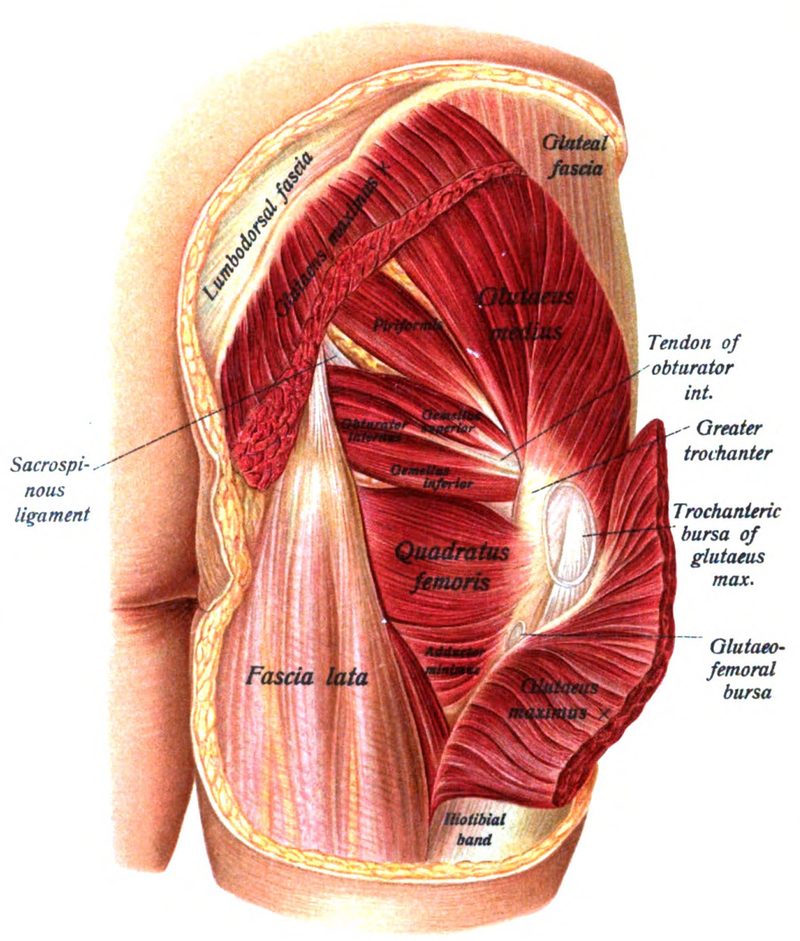Dysfunctional Hip Abduction Tests
Anatomy and Biomechanics:
Side lying hip abduction is a test designed to assess the patient’s ability to activate the gluteus medius which is the primary stabilizer of the hip in the frontal plane. If the gluteus medius is inhibited the hip joint is subjected to long lever forces by the prime hip abductor, the tensor fascia latae (TFL). In an early degenerative hip we often see hypertonicity of the TFL and the hip adductors. If the TFL and hip adductors are hypertonic and the gluteus medius is unable to stabilize the head of the femur in the acetabulum the femoral head may be forced to migrate superiorly and laterally. This migration can result in an expulsive hip with impingement of the labrum. In addition to examining the muscle recruitment pattern in the frontal plane with this test we also test hip abduction range of motion by asking the patient to raise the knee in side lying with hip abduction/external rotation (clam). In addition to giving us information about hip joint mobility this movement test is more selective for activation of the posterior fibers of the gluteus medius and superior gluteus maximus with reduced participation of the TFL (Selkowitz, Beneck, Powers, 2013).
- Innervation – Superior gluteal nerve; L4, 5 and S1
- FRS dysfunctions at L4,5 or L5,S1 can result in inhibition of the gluteals
Substitution patterns to watch out for during retraining:
When the gluteus medius is inhibited, especially the posterior fibers, the patient will overutilize the TFL resulting in hip flexion and IR during the performance of this test. Therefore the therapist should watch for any deviation of the leg from the frontal plane during retraining of the gluteus medius by instructing the patient to keep the leg as straight as possible. The patient may also hike the hip up due to overutilization of the quadratus lumborum. Instructing the patient to elongate and slightly ER the leg as they perform side lying hip abduction helps to nullify these substitution patterns.
Retraining Exercises for the Gluteus Medius (from easiest to the most difficult
Ebert et al., 2017 did an extensive literature review of 33 exercises that have been traditionally given for strengthening the gluteus medius ranking them based upon the % of MVIC generated for each exercise to help give guidance in prescribing the appropriate exercise for a patient based upon their health status and the integrity of the gluteal muscles, ie., gluteal atrophy, post-surgical, OA of the hip, etc.
Jeong et al., 2015 investigated the effect of combining gluteal strengthening with lumbar segmental stabilization exercises versus retraining with lumbar stabilization exercises alone in a group of chronic low back pain patients. They reported that although both groups benefited the group that received the combination of gluteal strengthening with lumbar segmental stabilization exercises had a greater decrease in the low back disability index, and a greater increase in lumbar muscle strength and improvement in balance.

